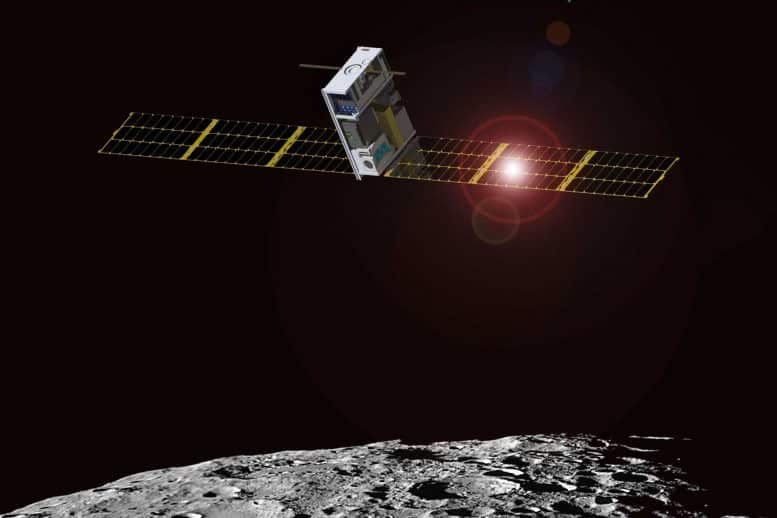NASA's Lunar IceCube — cubesat for observing the moon is ready for Artemis launch 1

Lunar IceCube, NASA's water research cubesat, is now ready to hitch a ride into orbit around the moon. Although not much bigger than a shoebox, the Lunar IceCube data will have a huge impact on lunar science.
The satellite is integrated into the space launch system rocket and is ready for a trip to the moon as part of the Artemis 1 unmanned mission that will be launched this year.
Lunar IceCube will orbit the moon and use a spectrometer to study the ice on the moon. Previous missions have already discovered water ice on the Moon, but Lunar IceCube will expand NASA's knowledge of the dynamics of this ice.
The scientists are particularly interested in the absorption and release of water from the regolith - the rocky and dusty surface of the moon. As Lunar IceCube studies this process, NASA will be able to map these changes as they occur on the Moon.
Lunar IceCube will also probe the exosphere—the very thin, atmosphere-like gas that surrounds the moon. Understanding the dynamics of water and other materials on the moon will allow researchers to predict seasonal changes in lunar ice that could affect its use as a resource in the future.
All this will be obtained from an efficient and affordable CubeSat that weighs only 14 kg. Lunar IceCube is just one of several cubesats hitching a ride to the moon on Artemis 1. These small satellites, along with future Artemis missions, will expand our knowledge of the possibilities of living and working on the moon, and ultimately help prepare for a stay by human explorers on the moon.
More of the topic in Hayadan:
